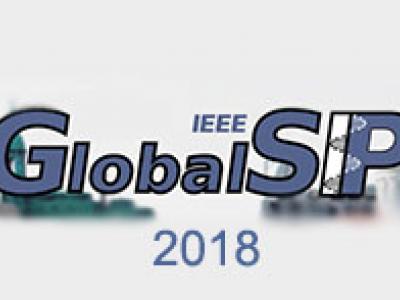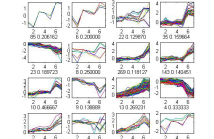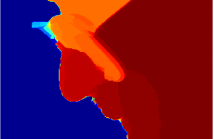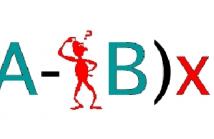
- Read more about POLARITY INVARIANT TRANSFORMATION FOR EEG MICROSTATES ANALYSIS
- Log in to post comments
Electroencephalography (EEG) has been widely used in human brain research. Several techniques in EEG relies on analyzing the topographical distribution of the data. One of the most common analysis is EEG microstate (EEG-ms). EEG-ms reflects the stable topographical representation of EEG signal lasting a few dozen milliseconds. EEG-ms were associated with resting state fMRI networks and were associated with mental processes and abnormalities.
- Categories:
 31 Views
31 Views
- Read more about LEARNING GAUSSIAN GRAPHICAL MODELS USING DISCRIMINATED HUB GRAPHICAL LASSO
- Log in to post comments
We develop a new method called Discriminated Hub Graphical Lasso (DHGL) based on Hub Graphical Lasso (HGL) by providing the prior information of hubs. We apply this new method in two situations: with known hubs and without known hubs. Then we compare DHGL with HGL using several measures of performance. When some hubs are known, we can always estimate the precision matrix better via DHGL than HGL.
- Categories:
 14 Views
14 Views
- Read more about EEG-BASED VIDEO IDENTIFICATION USING GRAPH SIGNAL MODELING AND GRAPH CONVOLUTIONAL NEURAL NETWORK
- Log in to post comments
This paper proposes a novel graph signal-based deep learning method for electroencephalography (EEG) and its application to EEG-based video identification. We present new methods to effectively represent EEG data as signals on graphs, and learn them using graph convolutional neural networks. Experimental results for video identification using EEG responses obtained while watching videos show the effectiveness of the proposed approach in comparison to existing methods. Effective schemes for graph signal representation of EEG are also discussed.
- Categories:
 71 Views
71 Views- Read more about Active Sampling for Graph-Aware Classification
- Log in to post comments
- Categories:
 10 Views
10 Views- Read more about Convergence Analysis of Belief Propagation for Pairwise Linear Gaussian Models
- Log in to post comments
- Categories:
 8 Views
8 Views- Read more about GlobalSip_2017
- Log in to post comments
Consider a social network where only a few nodes (agents)
have meaningful interactions in the sense that the conditional
dependency graph over node attribute variables (behaviors)
is sparse. A company that can only observe the interactions
between its own customers will generally not be able to ac-
curately estimate its customers’ dependency subgraph: it is
blinded to any external interactions of its customers and this
blindness creates false edges in its subgraph. In this paper
we address the semiblind scenario where the company has
- Categories:
 3 Views
3 Views- Read more about Semi-supervised learning in the presence of novel class instances
- Log in to post comments
- Categories:
 9 Views
9 Views
Ph.D. Thesis by Donald McCuan (advisor Andrew Knyazev), Department of Mathematical and Statistical Sciences, University of Colorado Denver, 2012, originally posted at http://math.ucdenver.edu/theses/McCuan_PhdThesis.pdf (1126)
- Categories:
 40 Views
40 Views
- Read more about Multigrid Eigensolvers for Image Segmentation
- Log in to post comments
Presentation at LANL and UC Davis, 2009. Originally posted at http://math.ucdenver.edu/~aknyazev/research/conf/
LANL09.ppt
- Categories:
 20 Views
20 Views
- Read more about Novel data clustering for microarrays and image segmentation
- Log in to post comments
We develop novel algorithms and software on parallel computers for data clustering of large datasets. We are interested in applying our approach, e.g., for analysis of large datasets of microarrays or tiling arrays in molecular biology and for segmentation of high resolution images.
- Categories:
 14 Views
14 Views